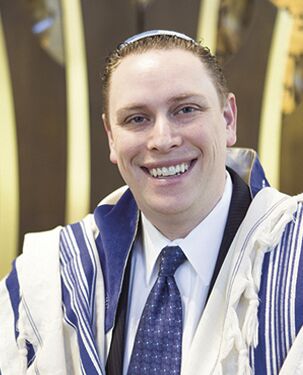The joy of Sukkot
Published October 1, 2020
The mood swing from Yom Kippur to Sukkot is among the most dramatic of Jewish transitions. From sobriety to celebration, from awe-struck fear to total joy, from fasting to feasting, we re-engage with the world beyond the walls of synagogue, remembering that in physical pleasure there may also be spiritual purpose. Deuteronomy 16:15 famously proclaims Sukkot to be our festival of joy. The Talmud Pesahim 109a declares that a person must cause all of his (and her) household to rejoice on the festivals.
Being “only happy” on Sukkot turns out not to be an easily achieved goal for the festival (we are gathering outside in flimsy booths, etc). Have you ever woken up to a blown down Sukkah, endured torrential rain or inches of snow, or sat outside in over 100 degree temperatures during Sukkot?
I have been through all of those in my life.
ADVERTISEMENT
However, the midrashim point the way to a different perspective. Sukkot becomes a marker of both abundance and of lack, of joy and of anxiety. It is a festival that allows us to appreciate all that we possess in the world, while gently reminding us that even the greatest abundance in this world is fleeting. Of all the festivals, Sukkot is least attached to historical narrative and most about yearning for future redemption. It teaches us to anticipate a world to come where there will be no hunger, disease or death but only love and joy.
As we head into the holiday of Sukkot amidst this pandemic, we are reminded yet again of the contrasts during this time in the Jewish calendar between joy and sorrow. My prayer for us is that even as we may not be able to celebrate Sukkot in the “regular” fashion which we have become accustomed to, we still find those moments of joy and happiness throughout this holiday.
Shabbat Shalom and Chag Sukkot Sameach (Happy Sukkot)!
Rabbi Jeffrey Abraham serves Congregation B’nai Amoona and is a member of the St. Louis Rabbinical and Cantorial Association, which coordinates the d’var Torah for the Jewish Light.















